James Morrison at the Fleming Collection
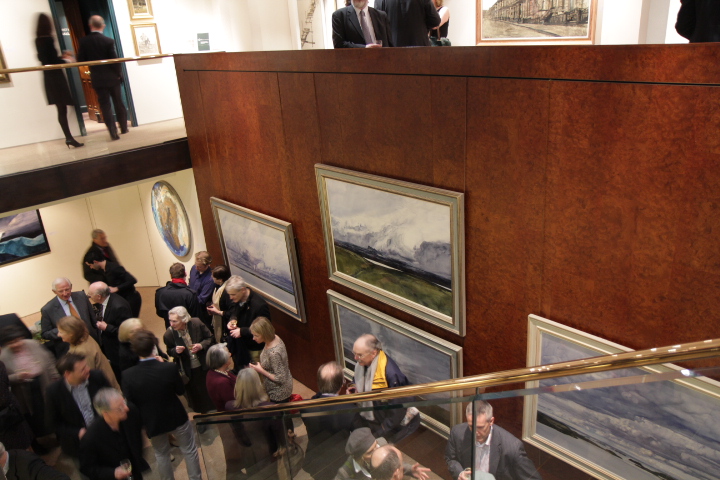
James Morrison’s substantial new retrospective at the Fleming Collection provides an insightful assessment of the artist’s oeuvre, documenting a fruitful career spanning over half a century.
What is immediately striking about Morrison’s work is not the subject matter, as what he depicts is not particularly radical, it is the materiality of the paintings – in particular his stunning use of incredibly thinned oil paints. The exploration of this approach produces a translucence and simplicity of tone most obviously reminiscent of watercolour or gouache painting. The tonal effects and contrasts which he is able to construct are most typically wrought in two works: Old Montrose, Winter and Bolshan. In the latter, the delicate interplay between the starkly defined branches of the tree and amorphous, flowing rushes produce a striking balance. Similarly in Old Montrose, Winter the mirroring of sky and sea is principally mediated through this delicacy of tone.
The exhibition states that Morrison draws much of his inspiration from Dutch and Italian painting from the 17th century, and in many of his paintings this influence is easily discernible: the enormous skies dominated by brooding and emotive cloud patterns. However, the absence of figural involvement is an obvious point of departure from these models. The exclusive focus on a select body of locations to some extent breeds an absence of range. Furthermore the oldest and most recent of Morrison’s works depicted hint at a much more diverse selection of paintings produced by the artist, which are never really fully explored. It is nonetheless clear that the area of farmland near Morrison’s home provides an enormously vivid influence on his art, which is most evidently transcribed through the character which he has sewn into each painting. The passion which Morrison feels for each of these locations is clear, and this pleasure to some extent offsets any repetitive aspects which may present themselves.
The exhibition is ultimately a celebration of skill. The emotive and frequently charming depictions of his subjects would lack much of their character without the employment of this very individual approach. However, the technique would be inconsequential were it not for Morrison’s ability to encapsulate passion.
Nick Hemming-Brown
Photos: Marika Parizzi
James Morrison and John Clark: Land and Landscape is at the Fleming Collection until 6th April 2013. For further information visit the gallery’s website here.

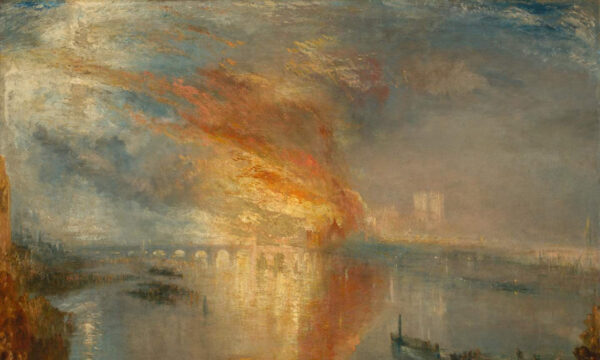
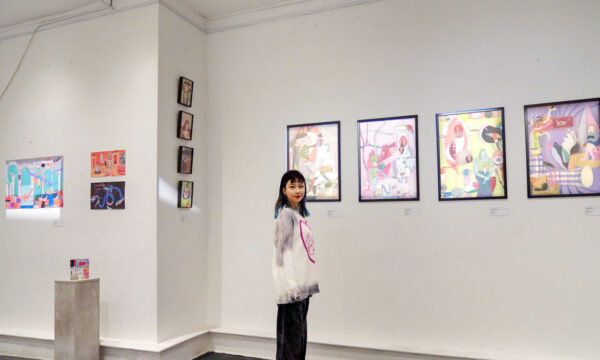
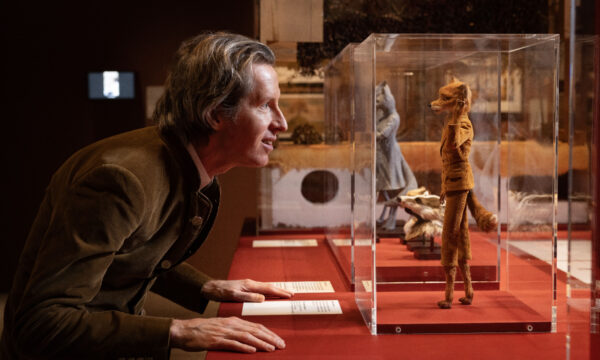


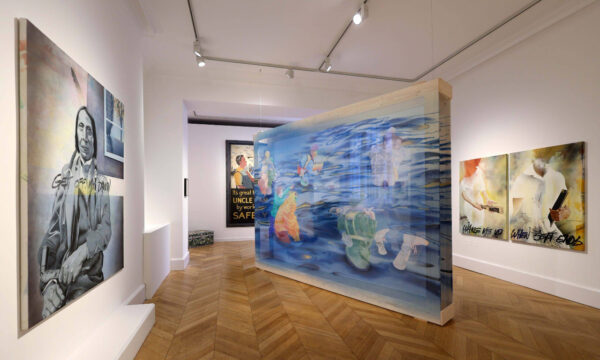
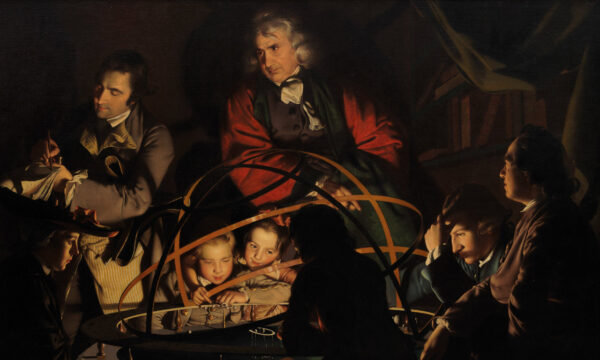
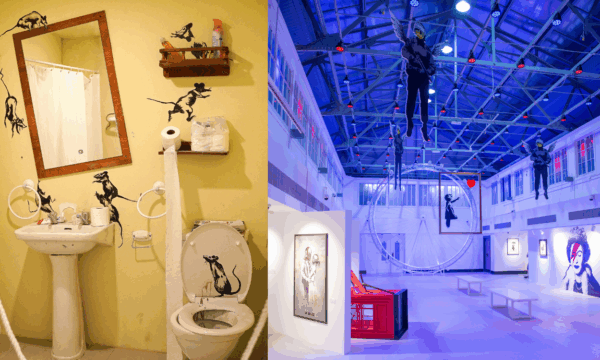


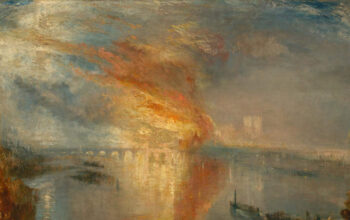






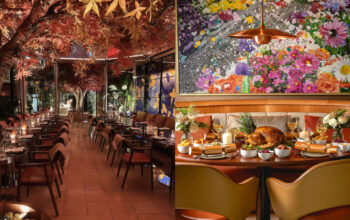






Facebook
Twitter
Instagram
YouTube
RSS